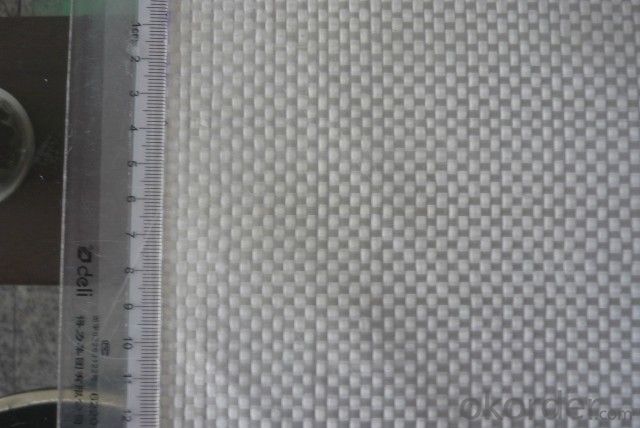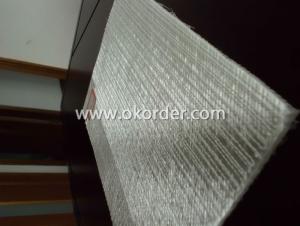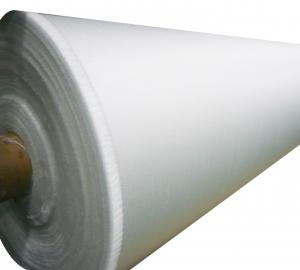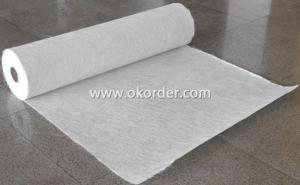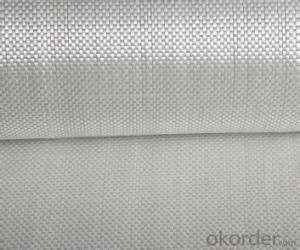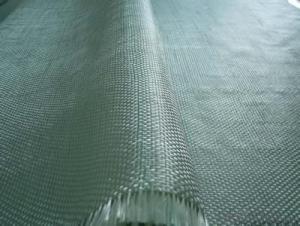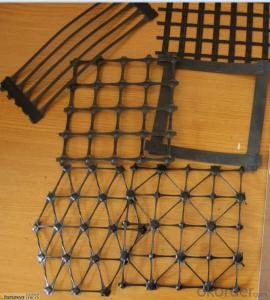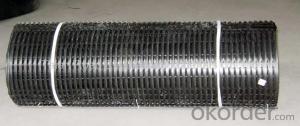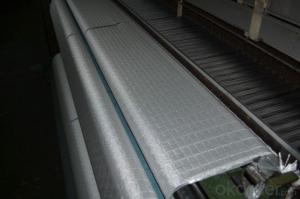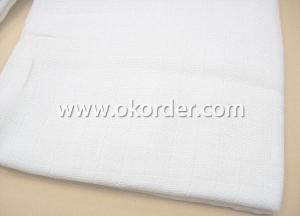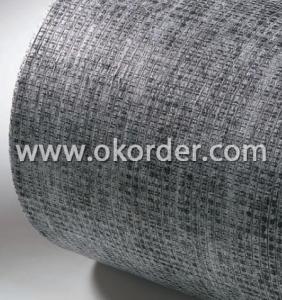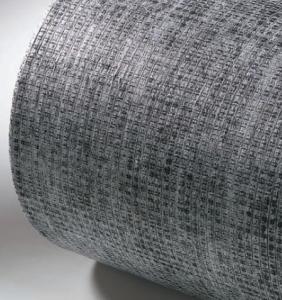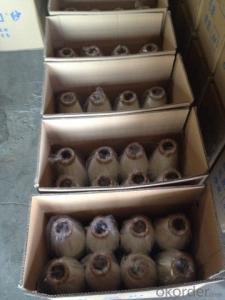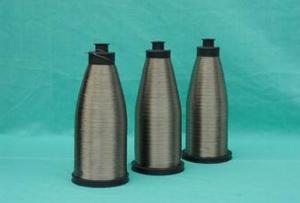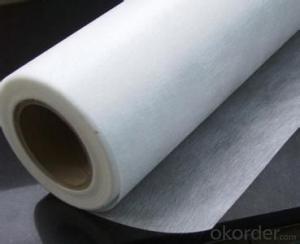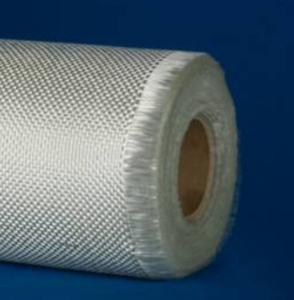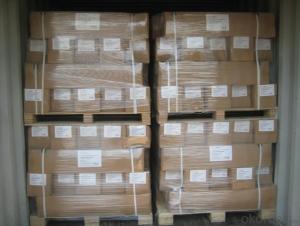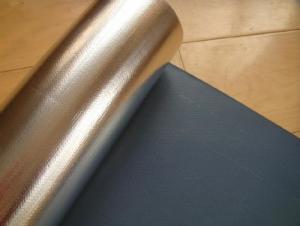High Strength Fiberglass Fabrics Woven Roving at Good Price
- Loading Port:
- Shanghai
- Payment Terms:
- TT OR LC
- Min Order Qty:
- 1 m.t.
- Supply Capability:
- 100 m.t./month
OKorder Service Pledge
OKorder Financial Service
You Might Also Like
Fiberglass woven roving Woven roving is a bidirectional fabric made by roving in plain weave pattern. The construction impants to the fabric an excellent dimensional stability during handling. Woven roving is a high-performance reinforcement and widely used in hand and machine production, such as boats, vessels, planes and automotive parts, furniture and sports facilities, and other fields.
plain weave, uniformity of thickness and low fuzz
fast and wet-out in resins
high mechanical strength and strength losses little in the humid environment.
Woven Roving | |||||||||
Specification | Tex | Fiber diameter(μm) | Count of cloth(end/cm) | Unit area mass(g/m2) | Weave pattern | ||||
Warp yarn | Weft yarn | Warp yarn | Weft yarn | Warp yarn | Weft yarn | ||||
EWR200 | 180 | 180 | 11 | 11 | 6.0 | 5.0 | 200±15 | plain | |
EWR300 | 400 | 400 | 13 | 13 | 4.0 | 3.5 | 300±30 | plain | |
EWR400 | 480 | 500 | 13 | 13 | 4.0 | 3.8 | 385±30 | plain | |
EWR600 | 1300 | 960 | 13 | 13 | 2.6 | 2.6 | 600±45 | plain | |
EWR800 | 2200 | 1760 | 13 | 13 | 2.0 | 2.0 | 810±40 | plain | |
Remark: The above data are only the representative products, different specifications are available as per customers’ requirements
- Q: How does fiberglass fabric perform in static dissipation?
- Fiberglass fabric is generally not designed to be a static dissipative material. This is because fiberglass is an insulator and does not conduct electricity. Static dissipation refers to the process of safely dissipating static electricity to prevent damage or hazards. In order to effectively dissipate static electricity, materials need to have conductive properties. However, there are specific types of fiberglass fabrics that have been engineered with conductive properties to provide static dissipation capabilities. These fabrics are usually coated or infused with conductive materials such as carbon fibers or metals. The conductive additives in these fabrics help to create a path for static electricity to flow through, allowing for safe dissipation. It is important to note that the performance of fiberglass fabric in static dissipation can vary depending on the specific composition and construction of the fabric. Additionally, the effectiveness of static dissipation may also be influenced by factors such as humidity levels, surface conditions, and the presence of other materials or objects in the environment. Therefore, it is recommended to consult the manufacturer's specifications or conduct testing to determine the static dissipation capabilities of a particular fiberglass fabric.
- Q: How do fiberglass fabrics perform in terms of stretch or elasticity?
- In comparison to other fabrics, fiberglass fabrics lack significant stretch or elasticity due to their composition of glass fibers, making them rigid and stiff. This characteristic of fiberglass fabrics makes them well-suited for applications in the construction industry, such as reinforcing materials or manufacturing composites, where dimensional stability and resistance to stretching are desired. However, if a specific application requires stretch or elasticity, alternative fabric options like spandex or elastane would be more appropriate.
- Q: Can fiberglass fabric be used for making tents?
- Tents can indeed be made using fiberglass fabric. When it comes to constructing tents, fiberglass fabric is a favored option due to its remarkable durability, strength, and resistance to damage. Despite its lightweight nature, it offers exceptional protection against various elements, including wind, rain, and harmful UV rays. Moreover, the fiberglass fabric is fire-resistant and can retain its structural integrity even in extreme temperatures. Furthermore, it is user-friendly and can be effortlessly sewn or welded together to form tent panels. Considering all these exceptional qualities, fiberglass fabric proves to be a trustworthy material for crafting top-notch, enduring tents.
- Q: Roof with a single group of waterproof coating and glass fiber cloth done, but the past is still in the seam water seepage, how should remediation?
- Now there are waterproof paint, not black, black is likely to be asphalt type, easy to brittle crackingNow there are chlorinated rubber class waterproof, and silicone waterproof, you buy when asked clearly type, and then mixed white cement modulation, brush more than a few times, anti cracking, waterproof prominent, can be directly built
- Q: Is fiberglass fabric easy to cut and sew?
- Yes, fiberglass fabric is relatively easy to cut and sew. Its thin and flexible nature allows for clean cuts and smooth sewing, making it manageable for various projects. However, it is important to take necessary precautions such as wearing appropriate protective gear and using sharp tools to ensure safety during cutting and sewing.
- Q: What are the different lamination options available for fiberglass fabric?
- There are several lamination options available for fiberglass fabric, depending on the specific requirements and applications. Some of the common lamination options include: 1. Polyester Resin Lamination: This is the most commonly used lamination option for fiberglass fabric. Polyester resin is applied to the fabric, forming a strong and durable bond. It provides good chemical resistance and is suitable for applications where high strength is required. 2. Epoxy Resin Lamination: Epoxy resin lamination offers superior strength and excellent adhesion. It is often used in applications that require high-performance and resistance to harsh environmental conditions. Epoxy resin also provides good chemical and heat resistance. 3. Polyurethane Lamination: Polyurethane lamination offers flexibility and excellent abrasion resistance. It is commonly used in applications that require fabric flexibility and durability, such as inflatable structures or protective clothing. 4. Vinyl Ester Resin Lamination: Vinyl ester resin is a hybrid between polyester and epoxy resins, offering high strength and excellent corrosion resistance. It is commonly used in applications exposed to harsh chemicals or environments, such as chemical storage tanks or marine applications. 5. Thermoplastic Lamination: Thermoplastic lamination involves the use of heat and pressure to bond a thermoplastic film onto the fiberglass fabric. This option provides good chemical resistance and is often used in applications that require waterproofing or resistance to environmental elements. It is important to consider the specific requirements and intended use of the fiberglass fabric when choosing the appropriate lamination option. Factors such as strength, flexibility, chemical resistance, and environmental conditions will help determine the most suitable lamination choice.
- Q: What are the different surface textures available for fiberglass fabric?
- There are several different surface textures available for fiberglass fabric, each serving a specific purpose and offering unique characteristics. 1. Plain Weave: This is the most common surface texture for fiberglass fabric. It consists of a simple over-and-under pattern, creating a balanced and uniform appearance. Plain weave fabrics are lightweight and offer good drapeability, making them suitable for a wide range of applications. 2. Twill Weave: Twill weave fabrics have a diagonal pattern, which gives them a more textured and structured appearance. They offer increased strength and are commonly used in applications that require added durability, such as automotive parts or sporting goods. 3. Satin Weave: Satin weave fabrics have a smooth and glossy surface texture. They are characterized by long floating yarns that create a lustrous appearance. Satin weave fabrics are known for their excellent draping qualities and are often used in applications where aesthetics are important, such as in fashion or interior design. 4. Roving Fabric: Roving fabric is made using continuous filament yarns that are loosely twisted together. This creates a textured surface with a slightly rougher feel. Roving fabrics are commonly used in applications that require high strength and stiffness, such as in boat building or aerospace industry. 5. Knitted Fabric: Fiberglass knitted fabrics are made by interlocking yarns in a series of loops. They have a stretchy and flexible texture, making them suitable for applications that require conformability, such as in composite reinforcements or insulation materials. Overall, the choice of surface texture for fiberglass fabric depends on the specific requirements of the application, including strength, stiffness, aesthetics, and drapability.
- Q: Are fiberglass fabrics suitable for use in the automotive industry?
- Indeed, the automotive industry finds fiberglass fabrics to be a fitting choice. These fabrics possess numerous advantages that render them ideal for automotive applications. Primarily, fiberglass fabrics are renowned for their robustness and endurance. They exhibit high tensile strength and resist wear and tear, thus enabling them to withstand the demanding conditions of the automotive environment. Moreover, fiberglass fabrics display remarkable resistance to chemicals, moisture, and extreme temperatures, thereby further augmenting their appropriateness for automotive utilization. Secondarily, fiberglass fabrics are lightweight, a pivotal characteristic in the automotive industry. This feature aids in enhancing fuel efficiency and overall vehicle performance. By employing fiberglass fabrics, manufacturers can diminish the weight of car components without compromising strength and safety. Furthermore, fiberglass fabrics possess exceptional thermal and electrical insulation properties, rendering them suitable for various automotive applications. They serve as insulation for engine compartments, exhaust systems, and electrical wiring, among other uses. Moreover, fiberglass fabrics can be molded into diverse shapes and sizes, enabling customization and versatility in automotive design. They seamlessly integrate into various components, including body panels, interior trims, and structural reinforcements. Conclusively, fiberglass fabrics offer a blend of strength, durability, lightweightness, insulation, and versatility, making them exceedingly suitable for the automotive industry. They contribute to improved vehicle performance, fuel efficiency, and safety, making them a favored choice among automotive manufacturers.
- Q: What are the cracks between the brick wall and the beam column, the cracks between the planks and the cracks in the plasterboard?
- Cracks in masonry and beams and columns can be nailed at the junction of steel mesh or glass fiber cloth, and then plastering;
- Q: Can fiberglass fabric be used for insulation sheets?
- Yes, fiberglass fabric can be used for insulation sheets. Fiberglass fabric is widely used in insulation applications because of its excellent thermal properties. It is a non-combustible material that can withstand high temperatures, making it ideal for insulating various areas such as walls, roofs, pipes, and ducts. Fiberglass fabric is also resistant to moisture, which helps prevent the growth of mold and mildew. Additionally, it is a highly durable material that can effectively trap heat or cold, providing efficient insulation for both residential and commercial buildings.
Send your message to us
High Strength Fiberglass Fabrics Woven Roving at Good Price
- Loading Port:
- Shanghai
- Payment Terms:
- TT OR LC
- Min Order Qty:
- 1 m.t.
- Supply Capability:
- 100 m.t./month
OKorder Service Pledge
OKorder Financial Service
Similar products
Hot products
Hot Searches
Related keywords

